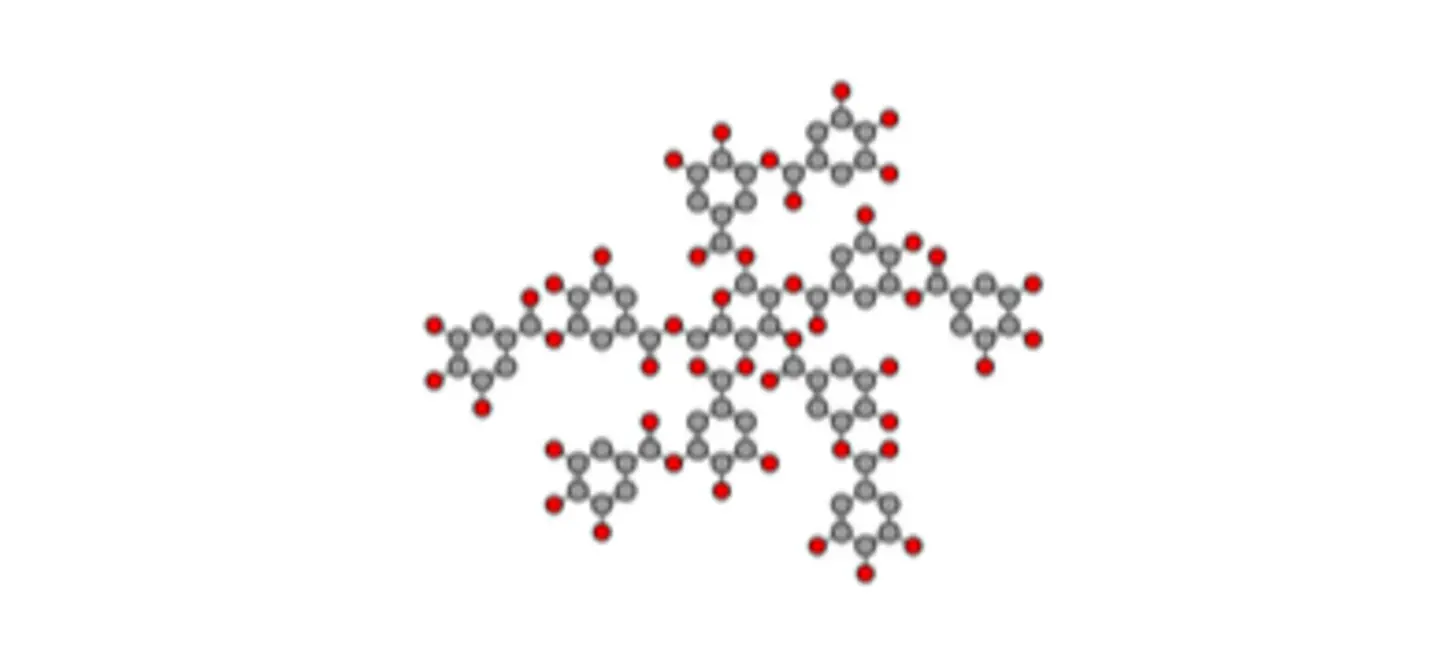
Tannic acid is found in the nutgalls formed by insects on the twigs of certain oak trees. Purified tannic acid is sometimes used as medicine.
People use tannic acid for conditions such as cold sores, diaper rash, heat rash, and many others, but there is no good scientific evidence to support these uses.
In foods and beverages, tannic acid is used as a flavoring agent.
In manufacturing, tannic acid is used in ointments and suppositories; for tanning hides and manufacturing ink; and to kill dust mites on furniture.
Is It Effective?
NatMed Pro rates effectiveness based on scientific evidence according to the following scale: Effective, Likely Effective, Possibly Effective, Possibly Ineffective, Likely Ineffective, Ineffective, and Insufficient Evidence to Rate.
- Burns. Applying tannic acid to the skin does not seem to work for minor burns or sunburns.
- Diaper rash. Applying tannic acid to the skin does not seem to work for diaper rash.
- Cold sores (herpes labialis). Applying tannic acid to the skin does not seem to work for cold sores.
- Heat rash. Applying tannic acid to the skin does not seem to work for heat rash.
- Diarrhea. Early research shows that taking a product containing tannic acid and gelatin (gelatin tannate) might improve symptoms in children who have had diarrhea for no more than 3 days. But not all research agrees.
- Excessive sweating (hyperhidrosis). Early research shows that applying tannic acid to the palms might not work as well as iontophoresis, an electricity treatment, for reducing excessive sweating on the palms of the hand.
- Diarrhea.
- Osteoarthritis.
- Cancer.
- Swollen tonsils.
- Ingrown toenails.
- Poison ivy.
- Thinning gums.
- Sore throat.
- Other conditions.
More evidence is needed to rate the effectiveness of tannic acid for these uses.
Is it Safe?
Tannic acid contains ingredients that have a protective effect on the skin.
When taken by mouth: Tannic acid is LIKELY SAFE when used in the amounts found in foods. There isn't enough reliable information to know if it is safe when used in larger, medicinal amounts. Very large amounts of tannic acid can cause stomach irritation, nausea, and vomiting.
When applied to the skin: Tannic acid is POSSIBLY UNSAFE when applied to skin that is tender or damaged. There isn't enough reliable information to know if tannic acid is safe to use on healthy, undamaged skin.
Special Precautions & Warnings:
Pregnancy and breast-feeding: It's POSSIBLY UNSAFE to apply tannic acid to tender or damaged skin. There is concern that it might be absorbed and cause harmful side effects. There isn't enough reliable information to know if tannic acid is safe to take by mouth when pregnant or breast-feeding. Stay on the safe side and avoid use.
Skin conditions: Don't take a bath with added tannic acid if you have weeping eczema and extensive skin damage. The broken skin could allow too much tannic acid to get into your body.
It is not known if Tannic acid interacts with any medicines. Before taking Tannic acid, talk with your healthcare professional if you take any medications.
There are no known interactions with foods.
The appropriate dose of tannic acid depends on several factors such as the user's age, health, and several other conditions. At this time there is not enough scientific information to determine an appropriate range of doses for tannic acid. Keep in mind that natural products are not always necessarily safe and dosages can be important. Be sure to follow relevant directions on product labels and consult your pharmacist or physician or other healthcare professional before using.
Acide Tannique, Ácido Tánico.
Information on this website is for informational use only and is not intended to replace professional medical advice, diagnosis, or treatment. While evidence-based, it is not guaranteed to be error-free and is not intended to meet any particular user’s needs or requirements or to cover all possible uses, safety concerns, interactions, outcomes, or adverse effects. Always check with your doctor or other medical professional before making healthcare decisions (including taking any medication) and do not delay or disregard seeking medical advice or treatment based on any information displayed on this website.
© TRC Healthcare 2024. All rights reserved. Use and/or distribution is permitted only pursuant to a valid license or other permission from TRC Healthcare.
